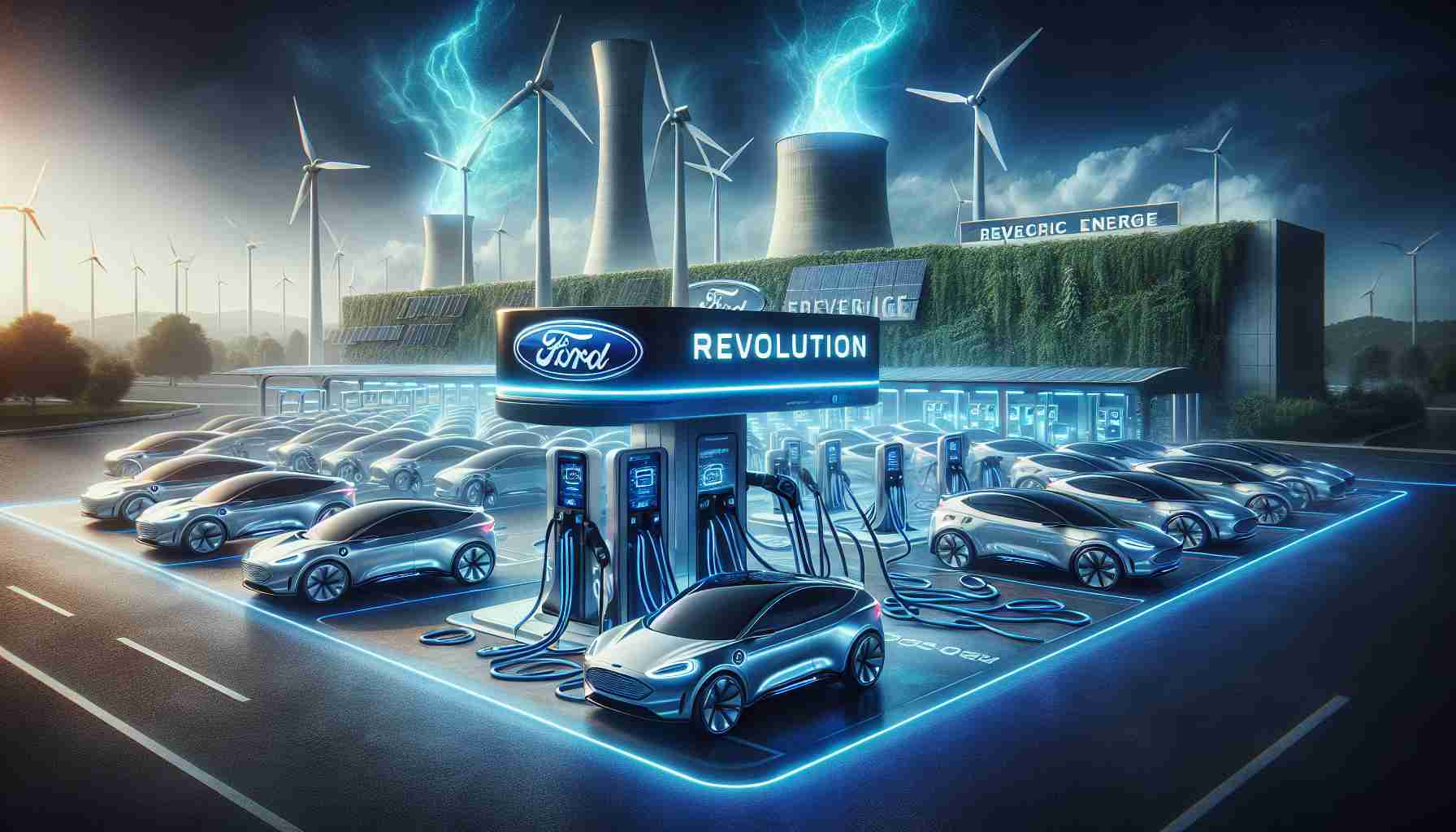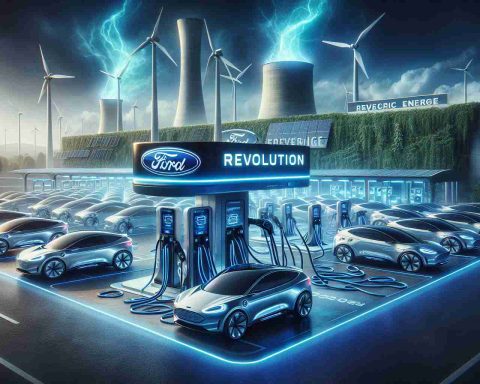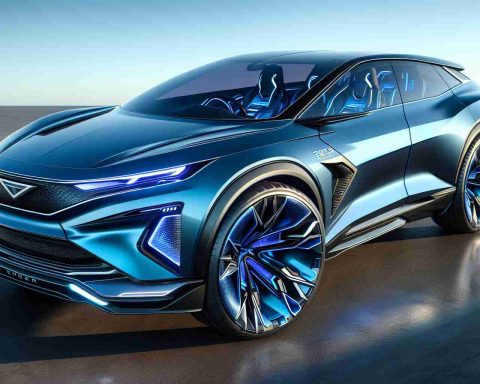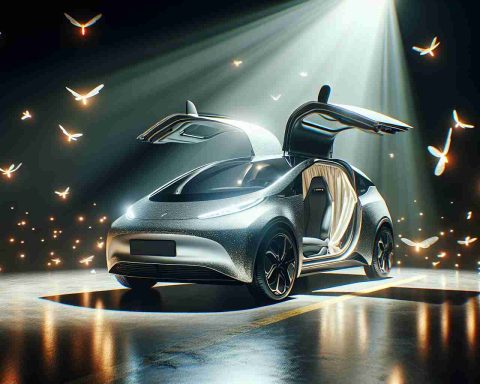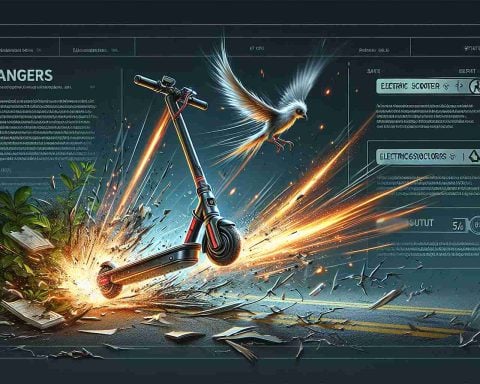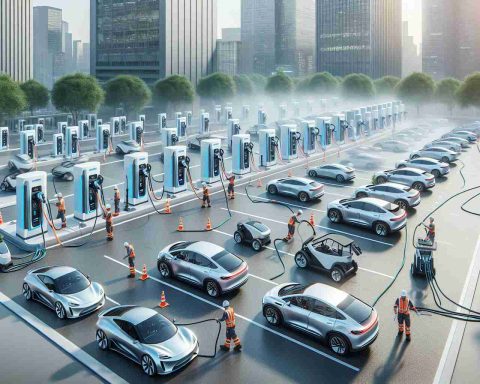- Ford’s new patent introduces a method to drastically reduce EV charging times using multiple ports for simultaneous charging.
- The innovative “partition” system divides the battery pack into segments, allowing independent charging from a single power source.
- An adapter channels power through dual ports, potentially doubling the charging speed compared to current methods.
- Ford’s approach differs from other EVs like Porsche and Audi, aiming for true simultaneous charging rather than convenience ports.
- This advancement could transform the perception of electric vehicles, emphasizing speed and efficiency in green mobility.
- If successful, this technology could make long wait times at charging stations obsolete, encouraging wider EV adoption.
Picture this: a world where charging your electric vehicle (EV) takes minutes instead of hours. Ford’s latest patent filing, revealed by the United States Patent and Trademark Office, hints at a future that is rapidly approaching. This innovative approach proposes slashing charging times by using multiple ports to simultaneously juice up the EV battery pack. This concept could redefine the electric vehicle landscape, providing a swifter experience for drivers eager to hit the road.
At the heart of Ford’s vision lies a unique “partition” system. This strategy would cleverly divide the battery pack into segments, each one independently charged from a single power source—doubling the effectiveness. An ingenious adapter would split the power, channeling it through dual ports to electrify the vehicle’s heart at a remarkable speed. Unlike the familiar dual-layer battery system seen in competitors, like General Motors’ GMC Hummer EV, Ford’s idea promises a seamless, synchronized charging dance.
This concept stands apart from Porsche and Audi’s offerings. While luxury EVs such as the Taycan and E-Tron GT provide dual ports for convenience, they don’t deliver simultaneous charging. Enter Ford, with its ambitious blueprint, hinting at an EV that could fill up two energy tanks simultaneously, akin to rapid refueling during a pit stop—a thrilling proposition, indeed.
Yet, the significance of this innovation transcends mere convenience. It signals a shift in how we perceive electric mobility: a promise that going green doesn’t mean slowing down. Should Ford’s revolutionary concept come to fruition, the wait at the charging station might soon become a relic of the past, making it easier for everyone to embrace the electric future with open arms—and full batteries.
Game-Changer: Ford’s New Multi-Port Technology to Revolutionize EV Charging
How Ford’s Multi-Port Charging System Works
Ford’s innovative multi-port charging technology is designed to drastically reduce the time needed to recharge electric vehicle (EV) batteries. By dividing the battery pack into distinct segments, Ford ensures that each segment can be charged independently and simultaneously. This is achieved through a unique adapter capable of splitting power across dual charging ports, allowing for a faster and more efficient charging process.
How-To Steps for Seamless Charging
1. Connect Adapter: Attach Ford’s specialized adapter to the vehicle’s charging ports.
2. Plug into Power Source: Connect each adapter end to a different power source, enabling simultaneous battery segment charging.
3. Monitor Charging: Use the vehicle’s interface to monitor the charging status of each segment to ensure uniform power distribution.
4. Unplug and Go: Once the battery reaches the desired charge level, disconnect the cables and store the adapter for future use.
Real-World Use Cases
– Fast Turnaround for Fleets: EV fleets, particularly in commercial sectors, can benefit from reduced downtime, allowing for rapid vehicle redeployment.
– Long-Distance Travel: Individual EV owners can enjoy shorter stops during long journeys, enhancing the practicality of electric road trips.
– Emergency Situations: In scenarios demanding quick vehicle availability, fast charging can be a crucial advantage.
Market Forecasts & Industry Trends
As EV adoption grows, technological innovations like Ford’s multi-port system may become industry standards. According to IEA.org, the EV market is expected to reach over 30 million vehicles by 2030. As infrastructure improves, technologies such as Ford’s could become critical differentiators for manufacturers aiming to lead in the electric mobility sector.
Reviews & Comparisons
While existing luxury EVs from brands like Porsche and Audi provide dual-port systems for convenience, they do not facilitate simultaneous charging. Ford’s proposal stands out due to its potential to deliver real-time multi-port charging, setting a new benchmark in the industry.
Controversies & Limitations
– Infrastructure Demand: For Ford’s concept to succeed, charging infrastructure must support multi-port outlets, which could require substantial investment and redesign.
– Potential Complexity: The technology may introduce complexities regarding vehicle maintenance and standardization across different brands.
Features, Specs & Pricing
Specifications of Ford’s multi-port system would likely include compatibility with existing fast-charging standards and enhanced safety protocols. Pricing details remain speculative until further announcements from Ford.
Security & Sustainability
Ford’s charging strategy could contribute to broader sustainability goals by promoting wider EV usage. Security measures, such as encryption and safe cable locking systems, would be essential to protect the vehicle and power supply during charging.
Pros & Cons Overview
Pros:
– Faster charging times
– Increased efficiency
– Greater convenience for consumers
Cons:
– Requires new infrastructure
– Potential for higher vehicle costs
– Adaptation and learning curves for users
Actionable Recommendations
1. Stay Informed: Follow developments in EV technology to understand how changes might affect your vehicle options.
2. Plan Ahead: If considering purchasing an EV, evaluate future infrastructure changes in your area that can support faster charging solutions.
3. Engage with Experts: Talk to EV specialists or dealership personnel to get insights on new charging technologies.
By understanding and preparing for these technological advancements, consumers and businesses can better position themselves to leverage the upcoming shifts in EV charging dynamics. For more insights on the transition to electric vehicles, visit Ford.com.
